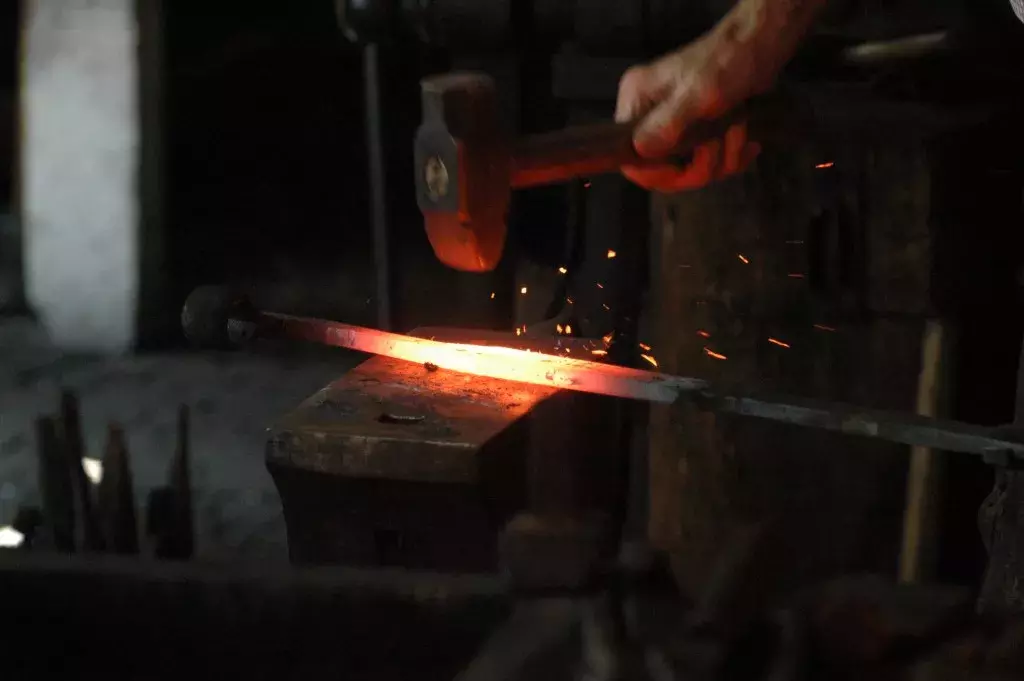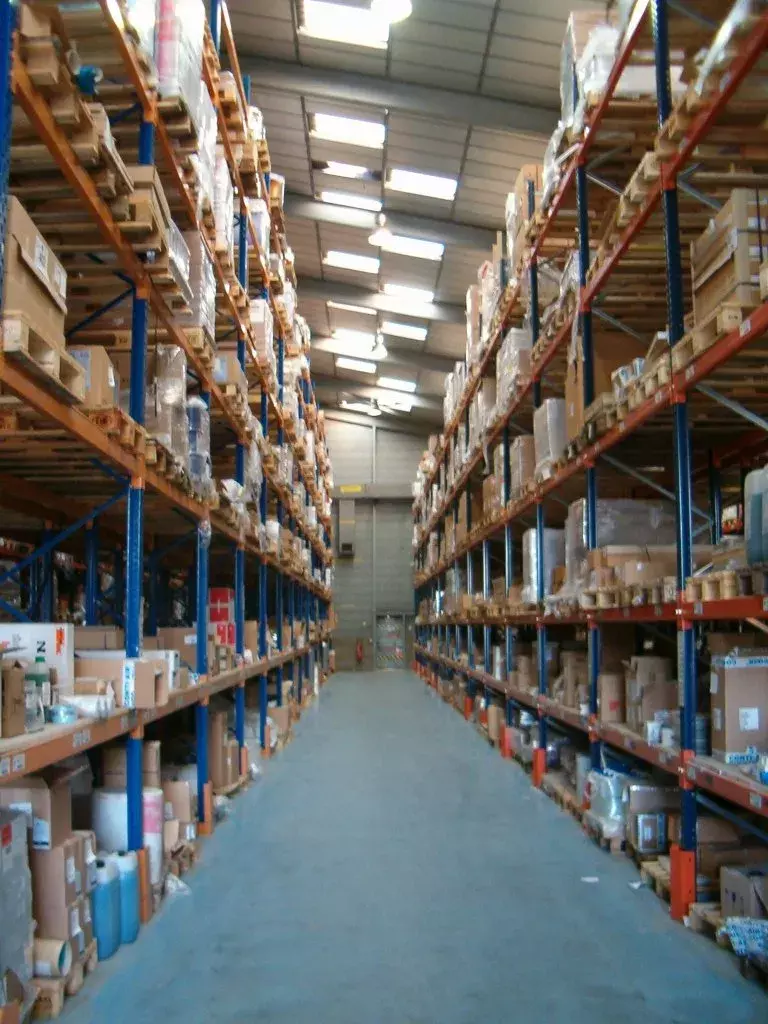Inventory is expensive. Depending on your environment, inventory will cost you between 30% and 65% of its value. Toyota is known for (among other things) small inventories. Whereas Western companies often have weeks’ or even months’ worth of inventory, Toyota’s inventory is measured in hours.
库存的代价不菲。基于环境,库存的成本将会占到其价值的30%到65%费用。日本丰田公司以库存小而闻名遐迩(当然,在其他方面也是如此)。西方公司通常备几周甚至几个月的库存,而丰田公司的库存是以小时为衡量单位的。
It is no surprise that inventory reduction is high on the list for many companies. In fact, the term “lean” by itself implies lower inventories. But why do we have inventory in the first place? And why is (too much) inventory considered evil in lean manufacturing? In this post I would like to tell you the reasons why we have inventory in the first place, and why too much is bad. In my next post I will explain what happens if you simply reduce inventory, and discuss in more detail better approaches on how to reduce inventory.
降低库存高居诸多公司的榜单,这丝毫没有让人惊讶之处。实际上, “精益”这一术语本身就意味着要更低的库存。不过,为什么我们首先要有库存呢?
为什么过多的库存在精益生产中被视为有害的?在本文中,我想告诉大家为什么首先要有库存,为什么库存太多是不好的。在下一篇文章中,我将解释如果只是简单地减少库存会发生什么,并详细探讨如何减少库存的更好的方法。

Why Do We Have Inventory?
为什么我们有库存呢?
There are three reasons why we have inventory. For simplicity’s sake I include all parts that are needed for manufacturing in inventory, including raw materials, work in process, and finished goods. In order of priority, these three reasons for inventory usually are:
我们需要有库存有三大原因。为了简单起见,我把生产所需的所有零件包括在库存之中,包括:原材料、在制品和成品。按照优先顺序,需要库存的三大原因通常如下:

Decouple Fluctuations
消除波动

The primary reason is to decouple fluctuations. Fluctuations are any unexpected changes in your value stream. This includes suppliers (delayed shipment, bad quality, …), your own value chain (machine breakdown, workers calling in sick, mix up in the schedule, capacity constraints, …), and your customers (order early, order more than expected, order less than expected, changing orders …). All of those mess up your plans. A buffer inventory will keep your customers happy and your workers busy, even if there are (smaller) fluctuations. If you need more than expected, you decrease your buffer stock; if you need less than expected, you increase your buffer stock.
第一个原因是消除波动。波动,指的是价值流中任何意想不到的变化。这包括供应商(延迟发货、质量低劣,…)、自身的价值链(机器故障、工人病假、计划混乱、产能瓶颈,…),及客户(过早下订单、下单高于预期、下单低于预期、订单变化…)。
以上所列,都会计划给搞砸。即使有(较小的)波动,缓冲库存也能让客户满意,却会让员工忙碌。如果需要的需求的比预期的多,就得减少缓冲库存;如果需求的比预期的少,就得增加缓冲库存。
Of course, inventory is only one way to decouple fluctuations. The others are capacity and time (see The Three Fundamental Ways to Decouple Fluctuations). However, ramping capacity up and down quickly is difficult, and there are usually upper and lower limits as well. As for time, if you can let the customer or your workers wait, this will be an option. However, often this is not possible. In sum, inventory usually is the workhorse to decouple short-term fluctuations.
当然,库存只是消除波动的一种方法,另外两种方法则是生产能力和时间(详见三种消除波动的基本方法,近期本公号将单独翻译分享,敬请期待)。然而,快速提升和降低生产能力是很困难的,当然,这通常也有上下限。至于时间,如果能让客户或者工人等待的话,这将是一大选项。不过,这通常是不可能的。总之,库存通常是消除短期波动的主要的手段。
If you would have no fluctuations whatsoever, you could order every part to arrive on time (or in Japanese English: Just in Time or JIT) for processing, have it processed right away, and ship it out immediately. All parts would never be idle but always on the move. In this case you would need (almost) no inventory. The only inventory required would be the one you are currently working on.
如果没有任何波动,我们可以让每一个零件准时到达(或者用日本式英语:just-in-time,或者简称为JIT)进行加工,立即加工,并立即发货。所有的部件都不会空转,而是一直在移动的。在这种情况下,我们将(几乎)不需要任何库存,而唯一需要的库存就是当前正在处理的。

You Need Something to Work
你需要工作

This brings me to the second reason why you need inventory: You actually have to have a part if you want to work on a part. At a bare-bone minimum, the part you are working on needs to be there. However, usually only very, very few parts in your inventory are currently worked on. With respect to inventory cost, this part is usually negligible.
需要库存的第二个原因:如果你想在处理某个零件上的话,实际上你得有一个零件。最起码,你在处理的零件需要在那里。然而,正在处理的零件只是占了非常非常少的库存。就库存成本而言,该部分通常可以忽略不计。

Cost Reduction
降低成本

The third reason for inventory may be due to cost reduction. One possibility to reduce cost is batching. For example, when shipping parts, it may not always be sensible to ship each part individually. If you order screws, you do not order a screw every 45 seconds, but you order a box of 3000 screws per week. Hence, you have in average 1500 screws lying around even without fluctuations. Similar batches may apply to other transport or selected processes.
降低成本是需要库存的第三个原因。降低成本的一种可能性是分批生产。比如,运输零件时,单独运输每一个零件可能并不会是明智的。如果订购螺钉,我们不会每45秒订购一个螺钉,而是每周订购一盒装容量为3000个螺钉。因此,就算没有波动,平均也得需要有1500个螺钉。类似的批次,可适用于其他的运输或者选定的工艺。
Similarly, you may buy more when it is cheap, and use or sell the material when prices go up. This is, in effect, also an inventory to reduce cost. In both cases you can save money, although you will also create cost due to an increased inventory. Ideally there is a trade-off. In reality, the cost of inventory can rarely be estimated accurately. The estimation of the benefit of batching may be more accurate.
同样,我们也可以在价格便宜的时候购买更多的物料,在价格上涨的时候使用或者出售这些物料。实际上,这也是降低库存成本。
在前述的两种情况下,都可以节省资金,尽管你也会基于库存增加而产生成本。理想情况下,这是一种权衡。实际上,库存成本很少能得到准确的估计。对批次的收益的估计可能会更准确。
Relevance of These Three Reasons for Inventory
需要库存的三大原因的相关性
In value stream mapping, you can calculate a timeline with the percentages of value add and waiting time. Usually, the fraction of parts actually worked on is somewhere around 0.05% or less (unless you have batch processes). The other 99.95% of the parts are waiting. Hence the parts actually worked on is usually the smallest fraction of your inventory by far.
在价值流中,我们可以使用增值和等待时间的百分比来计算时间期限。通常情况下,实际工作零件的比例大约在0.05%,或者更低(除非有批次处理的过程),而剩下99.95%的零件在等待。因此,迄今为止,实际加工的零件通常是到库存中的最小的那部分。
As to how the remaining 99.95% percent of your inventory is used, it depends on your system. This inventory is used both for batching and to cover fluctuations. In fact, the same part may serve a dual purpose as a batch and a fluctuation buffer. If you are at the beginning of your batch, and, due to fluctuations, need more, you can simply use more from the batch. Only if you are at the end of the batch, there are no more parts left to cover fluctuations. Overall, most of our inventory is there to buffer and to batch.
至于剩余99.95%的库存是如何使用的,这要取决于系统。该库存用于分批次和覆盖波动。实际上,同一部分可以作为分批次和波动缓冲。如果在批次开始,由于波动,需要更多,可以简单地使用更多批次。只有在批次结束时,才有多余的零件可以覆盖住波动。总的来说,大部分的库存都是用于缓冲和分批次处理。(标杆精益)









